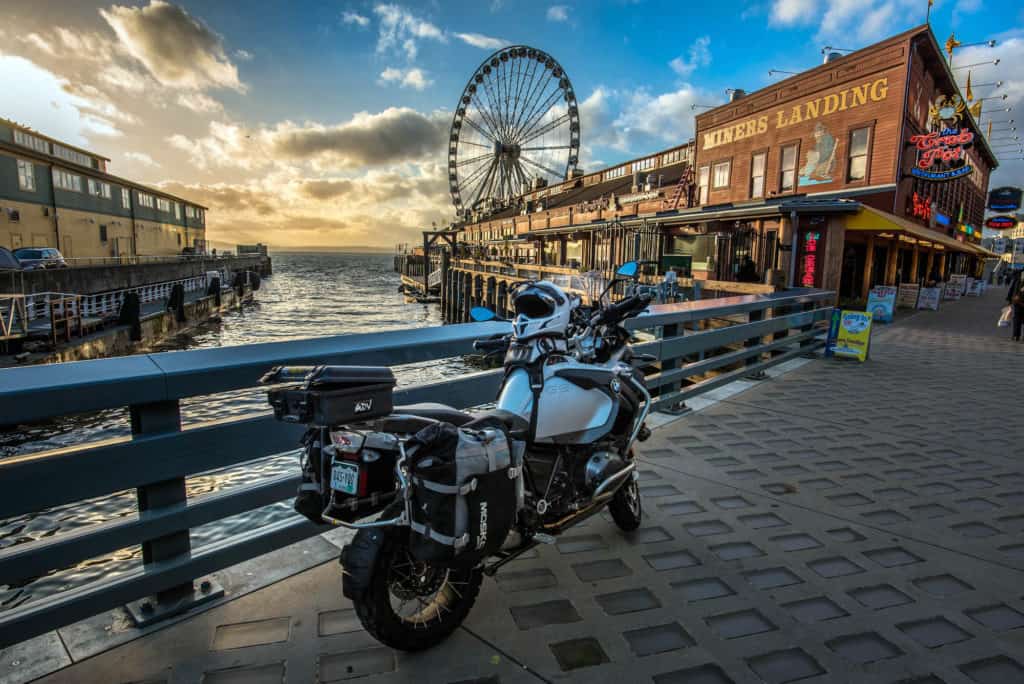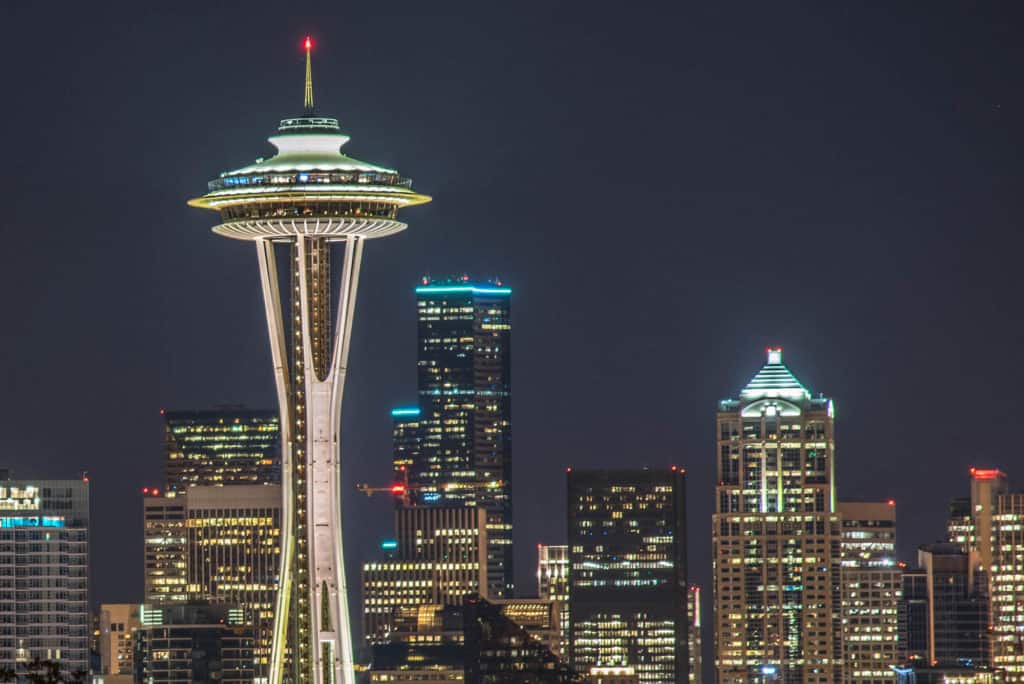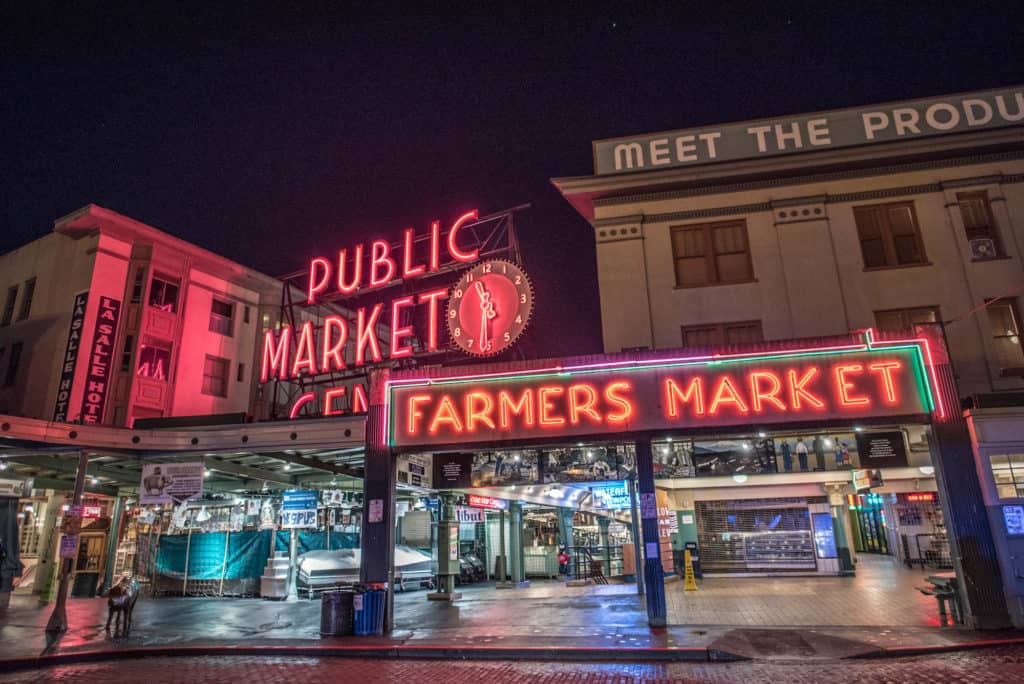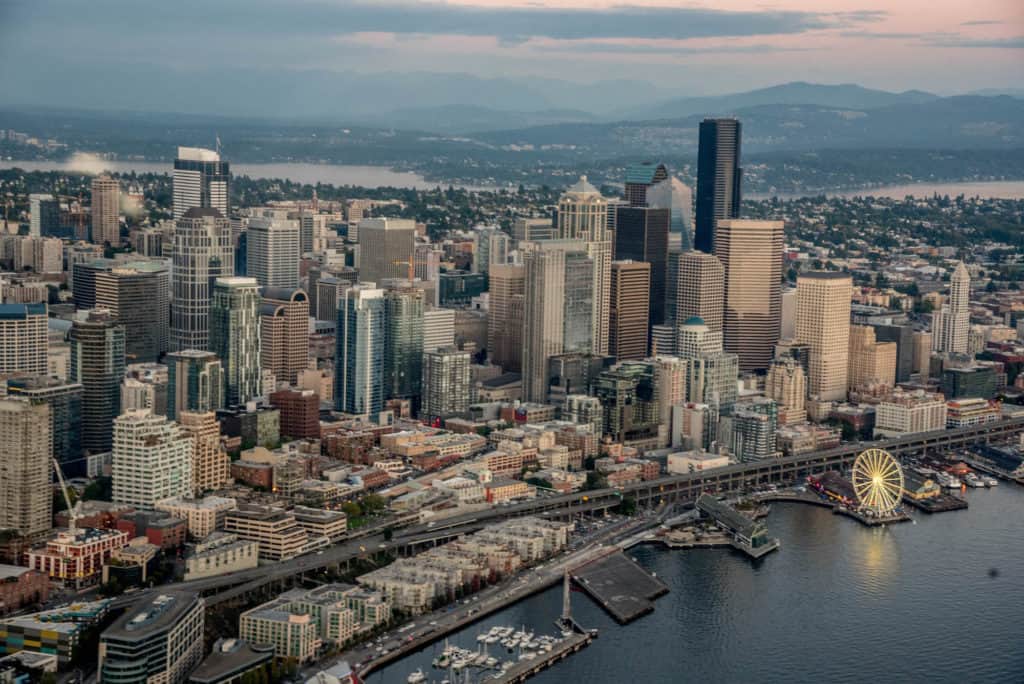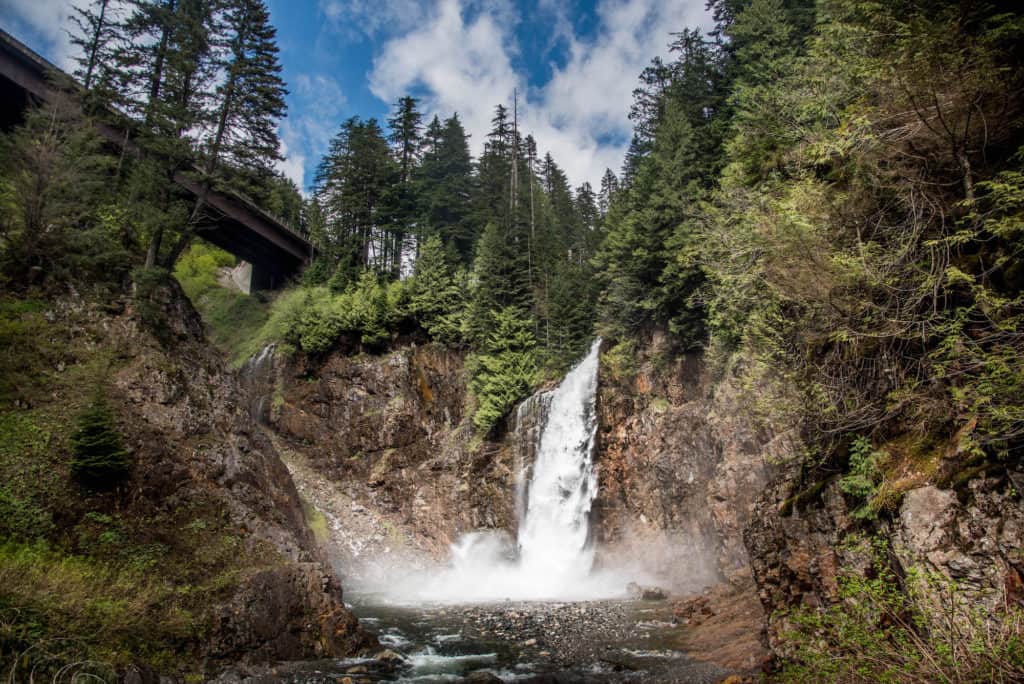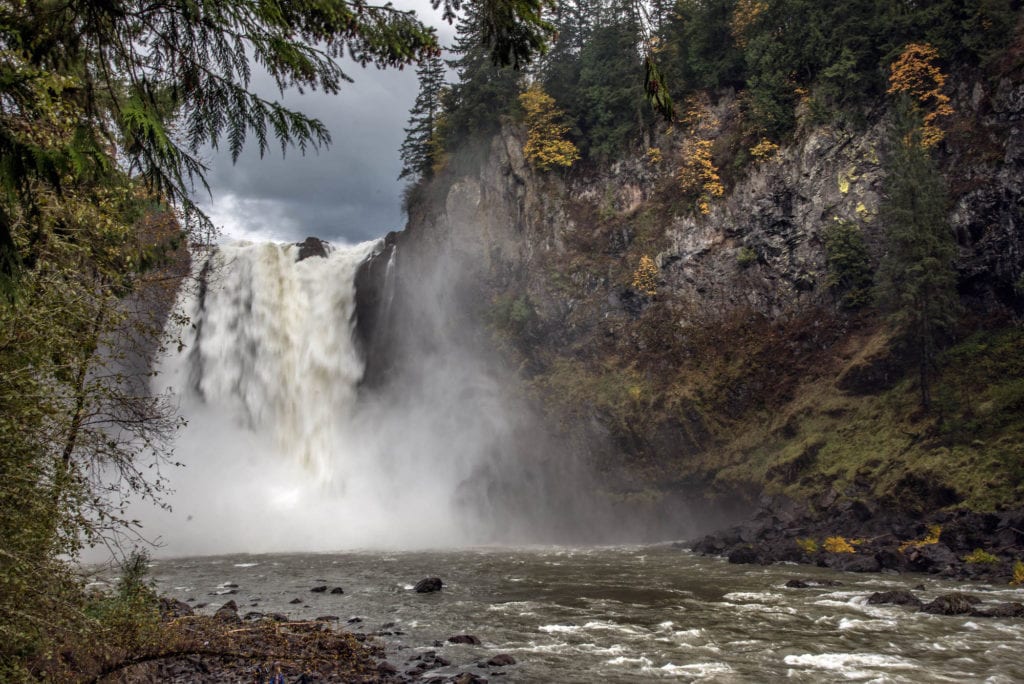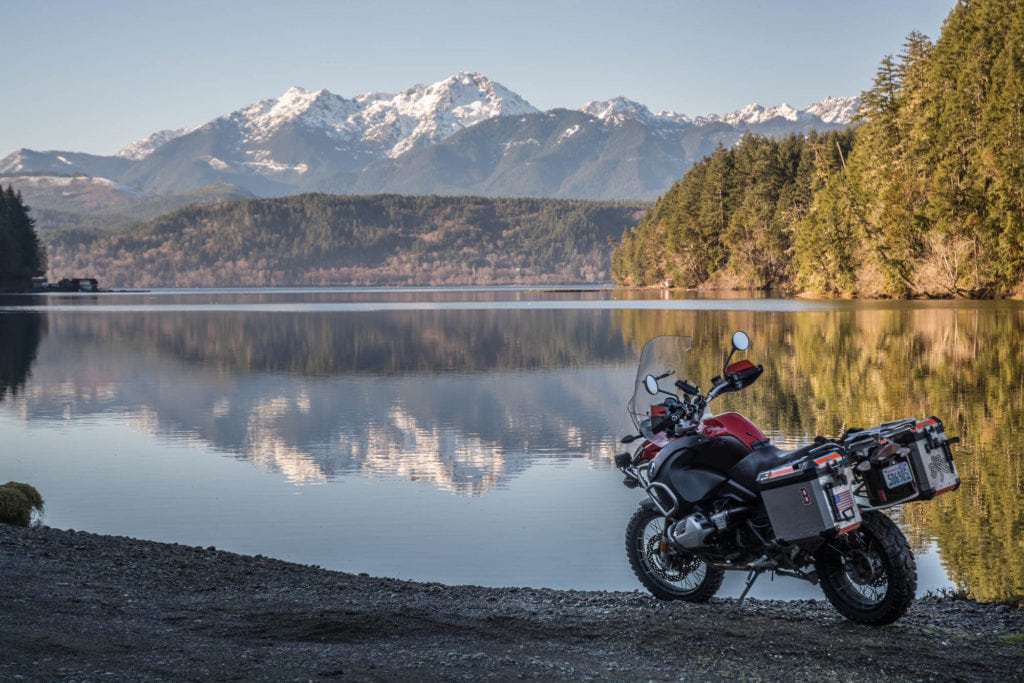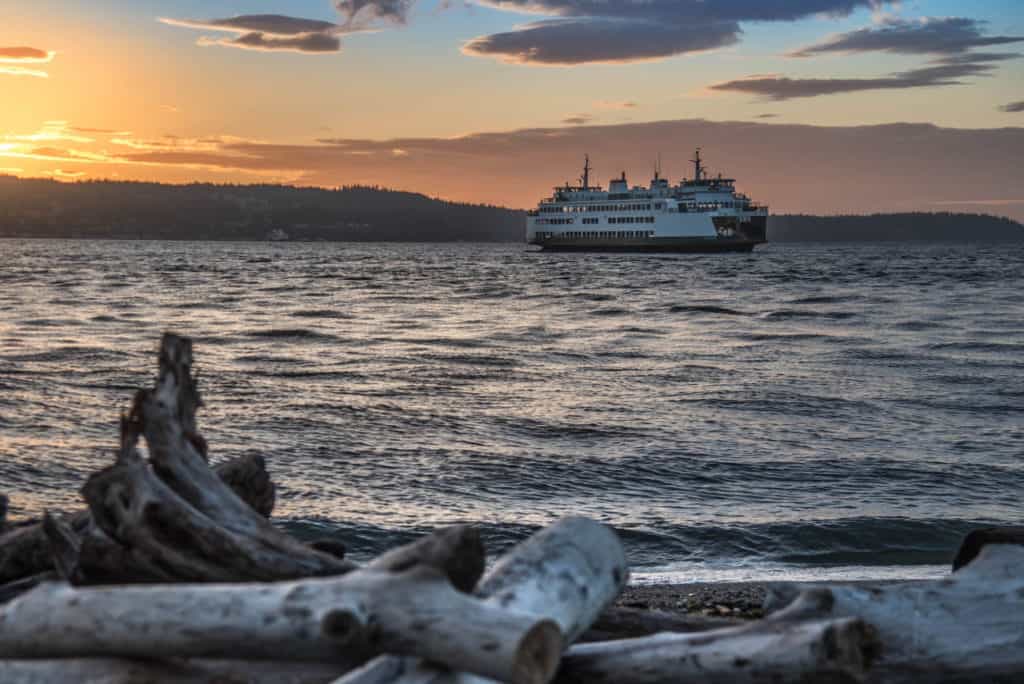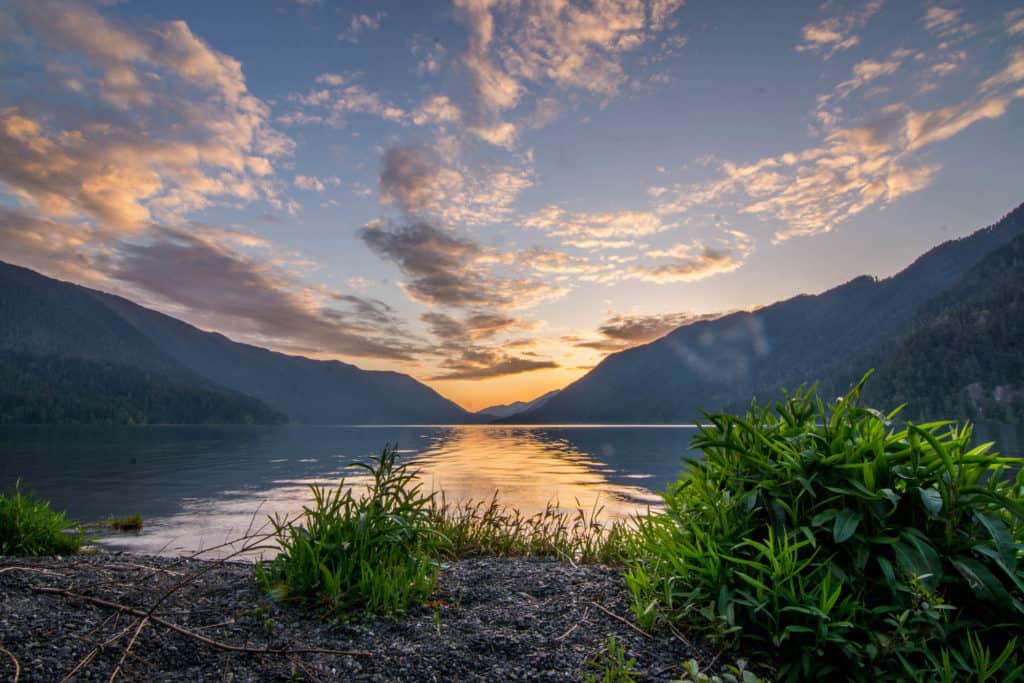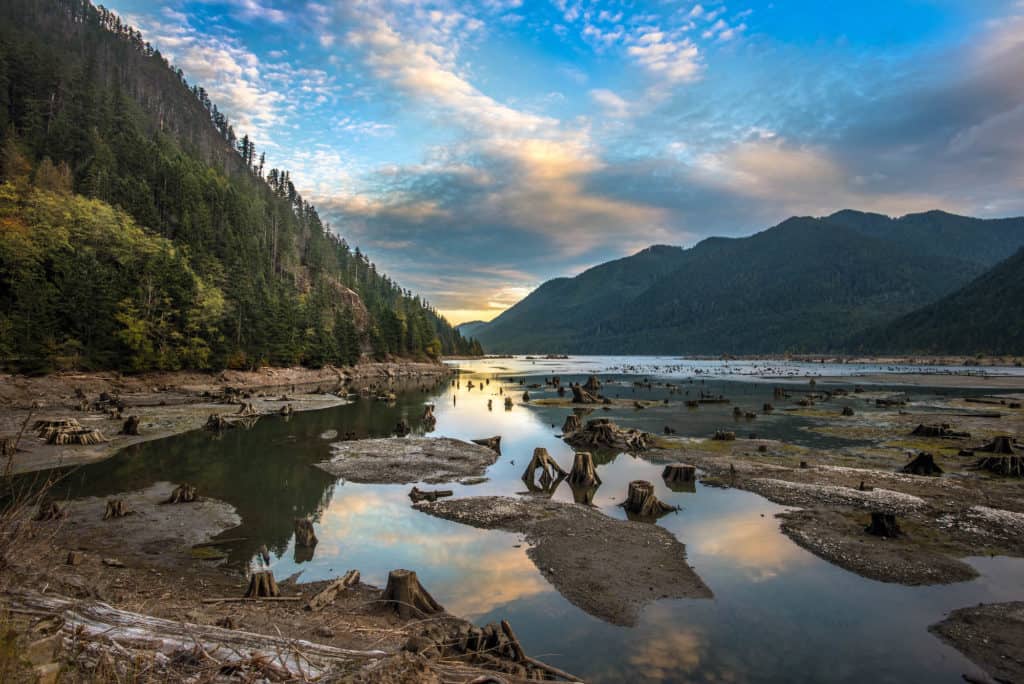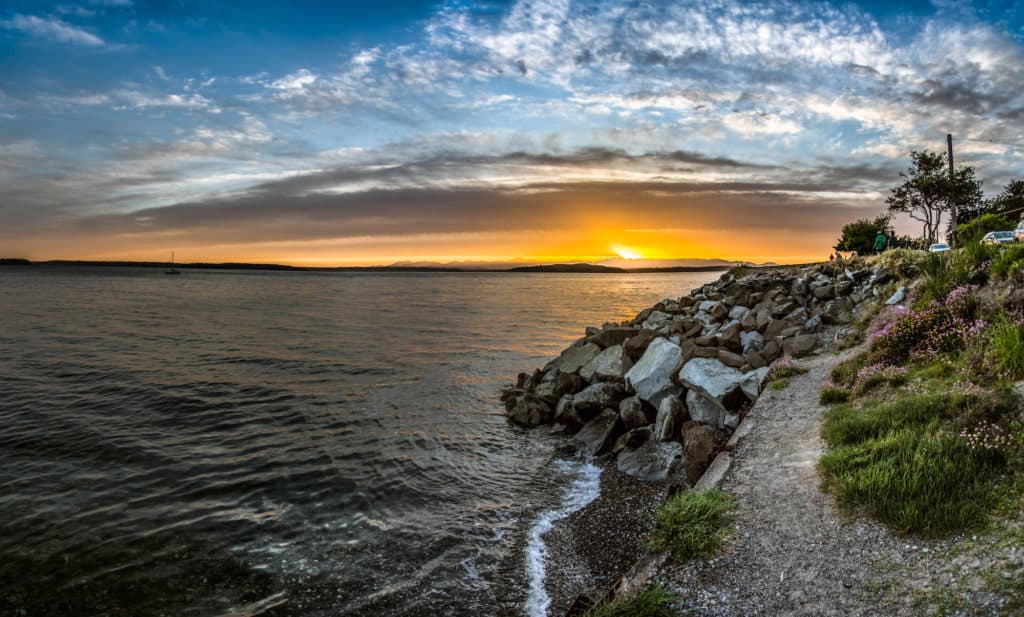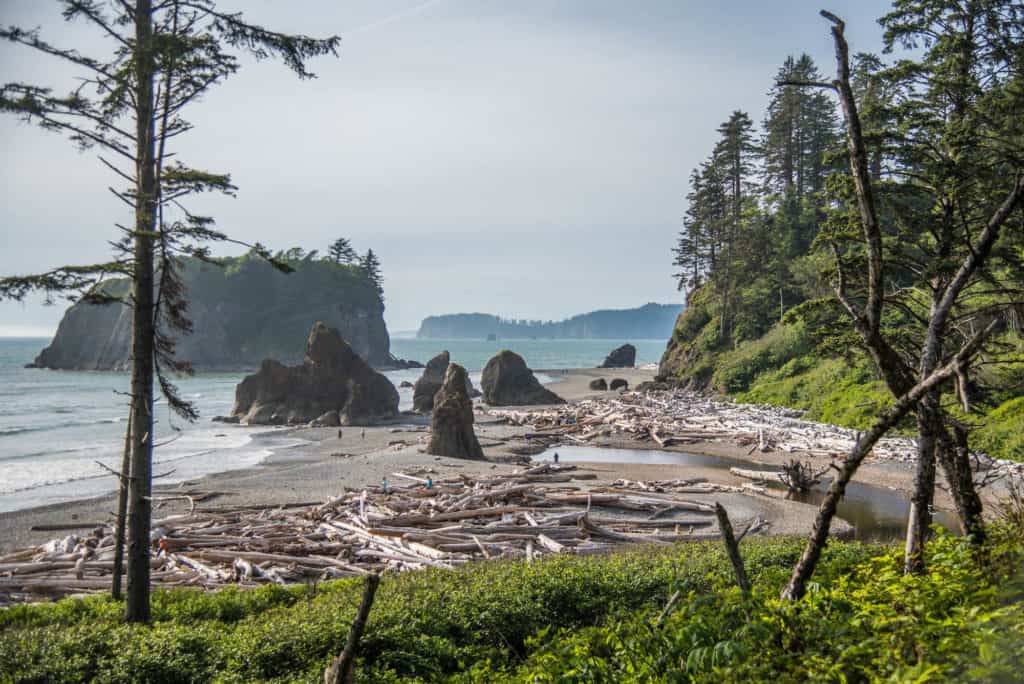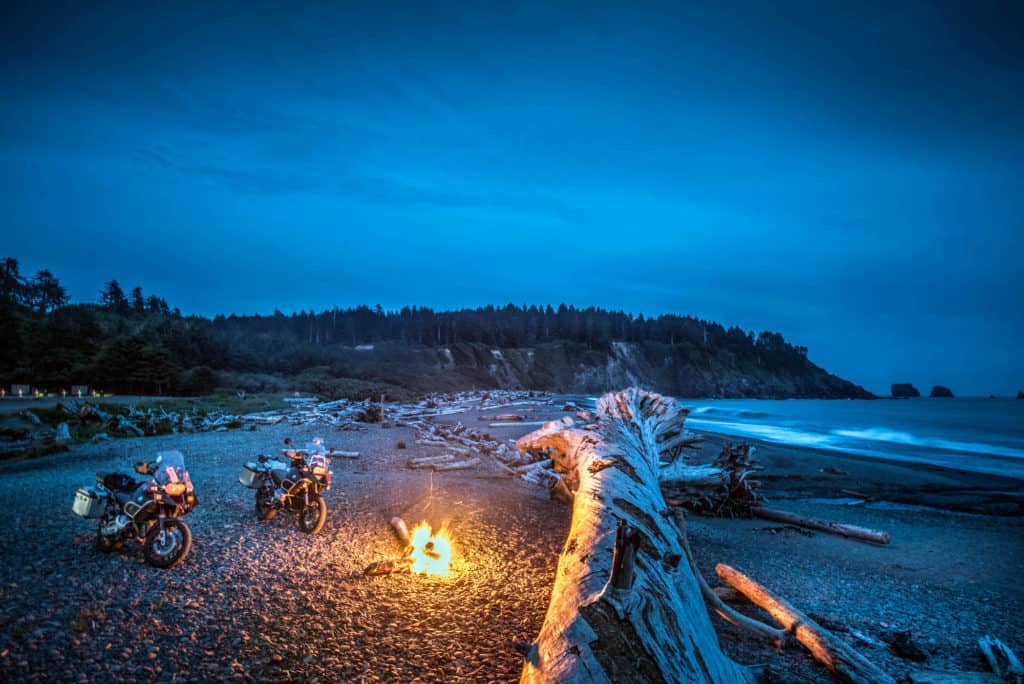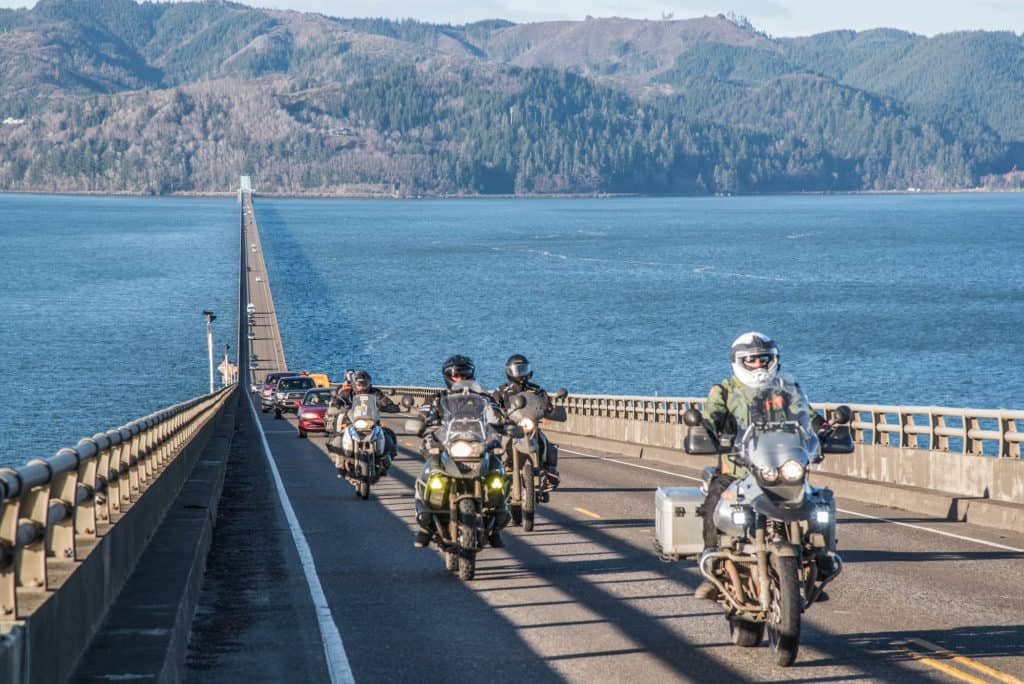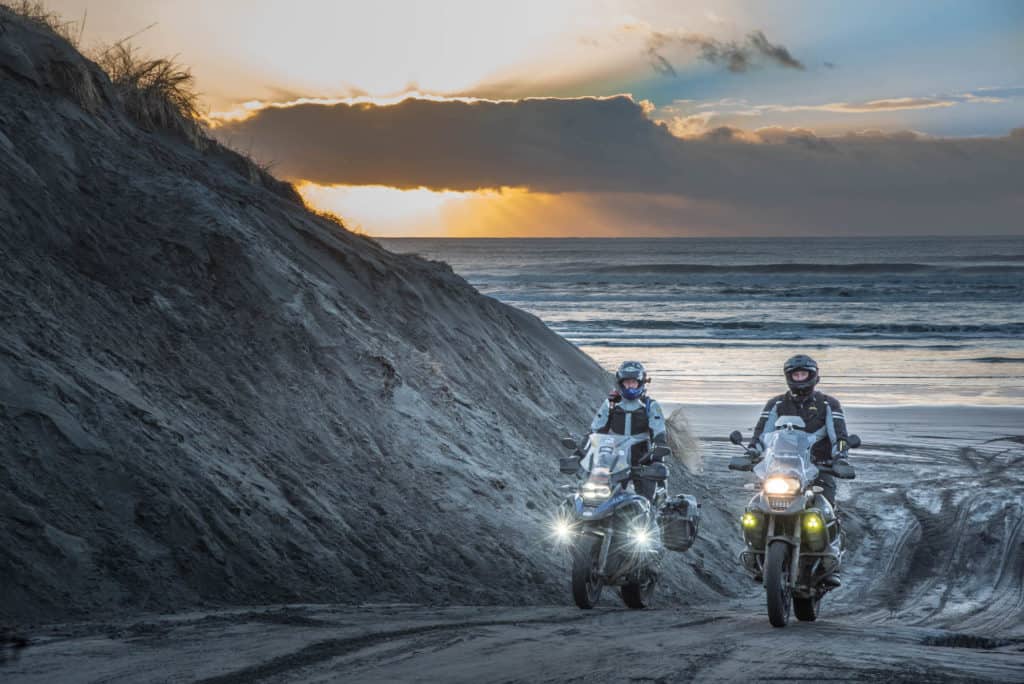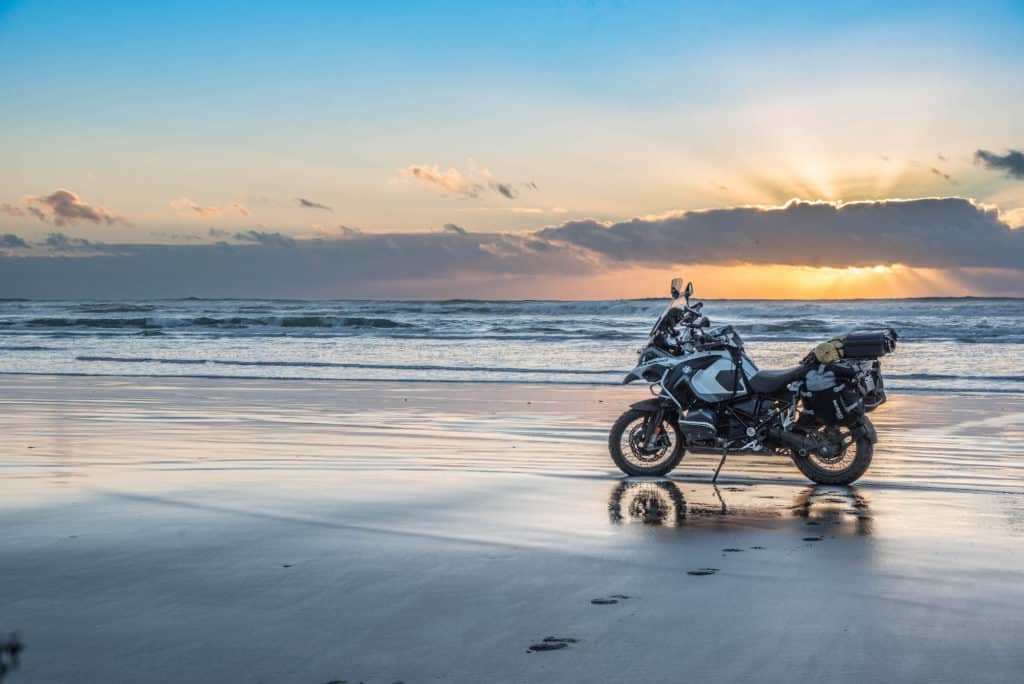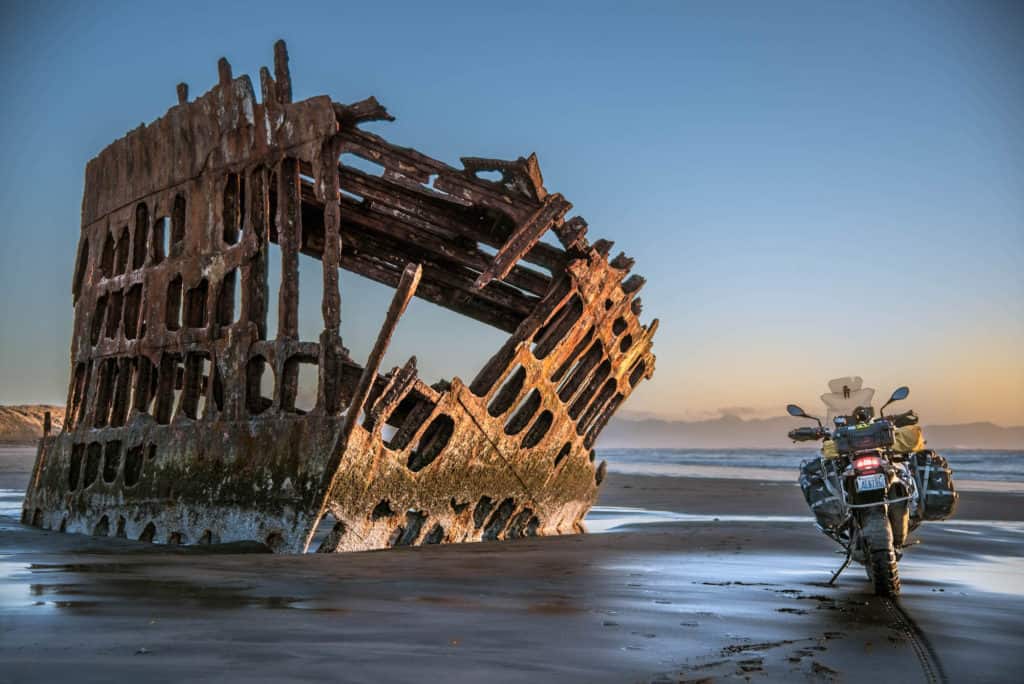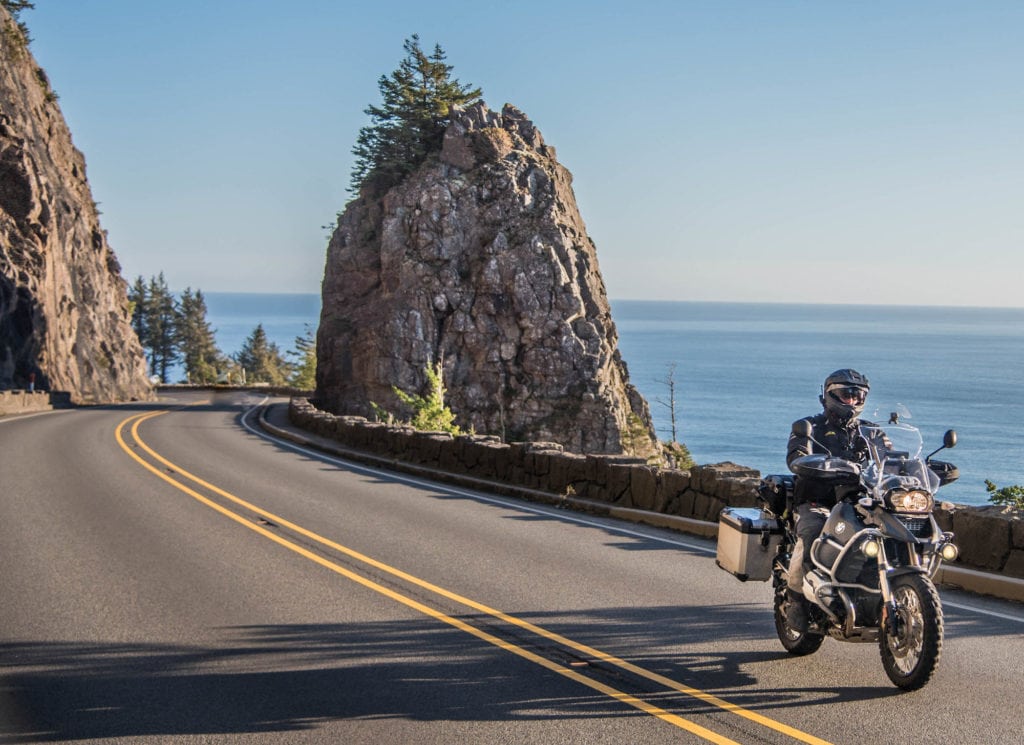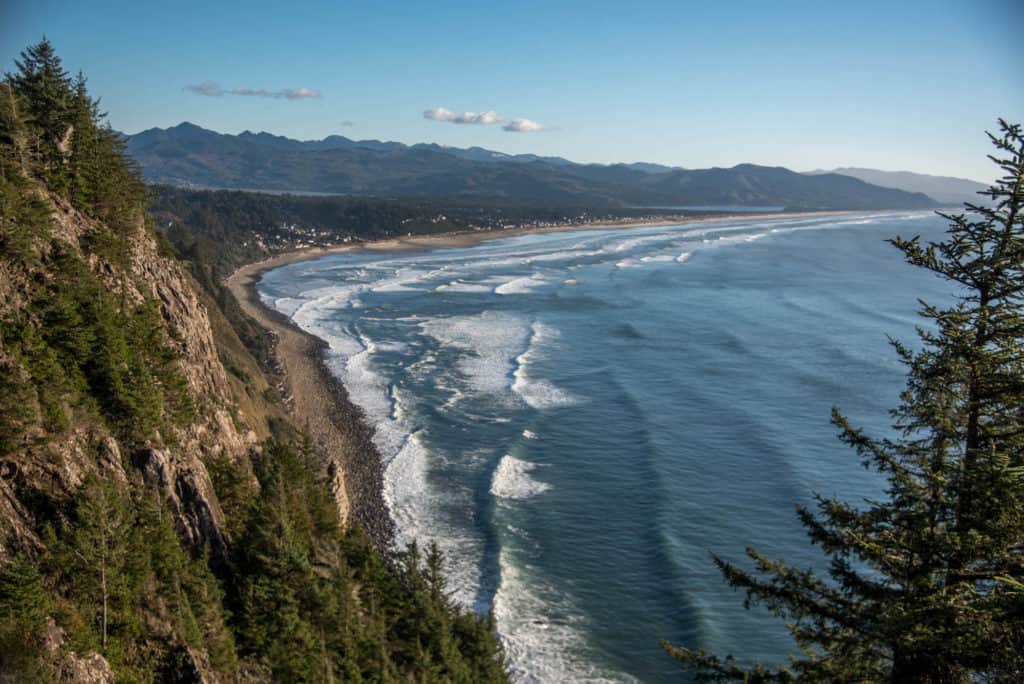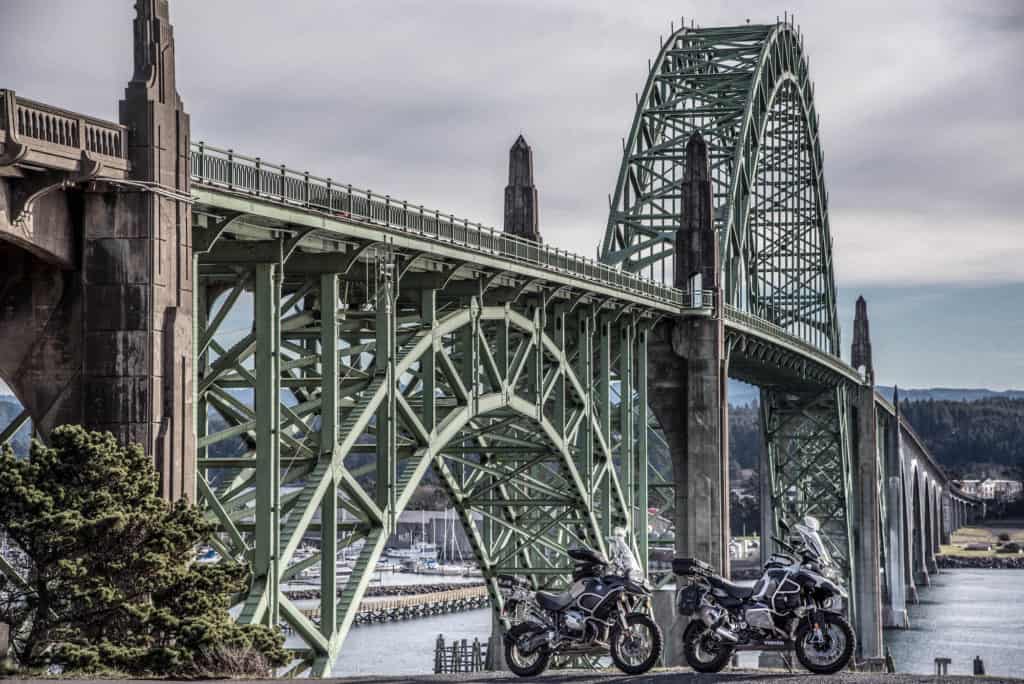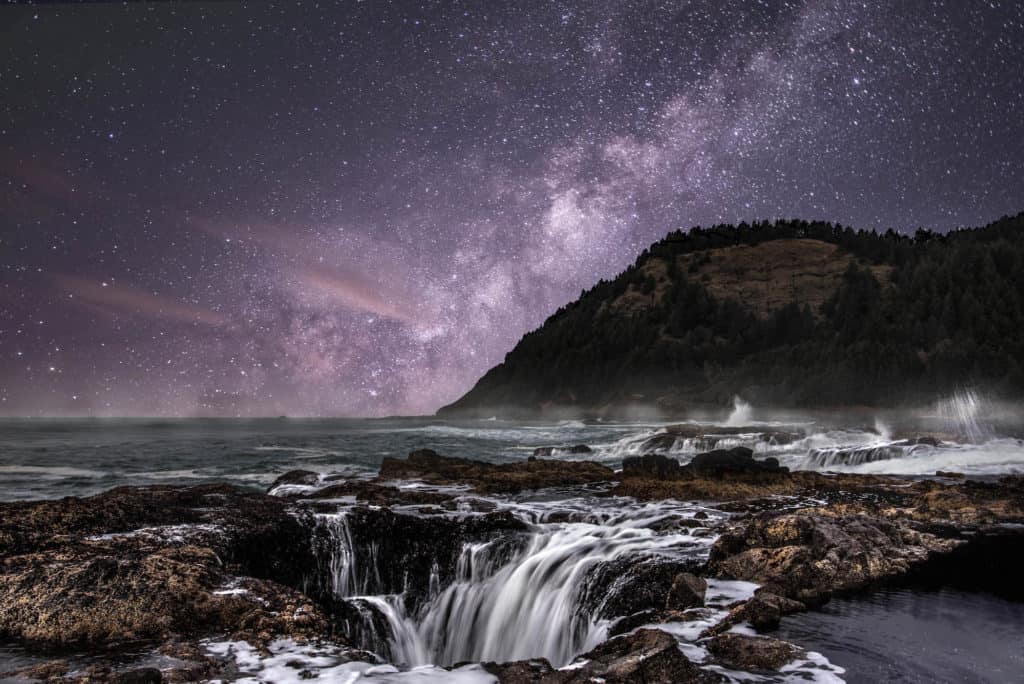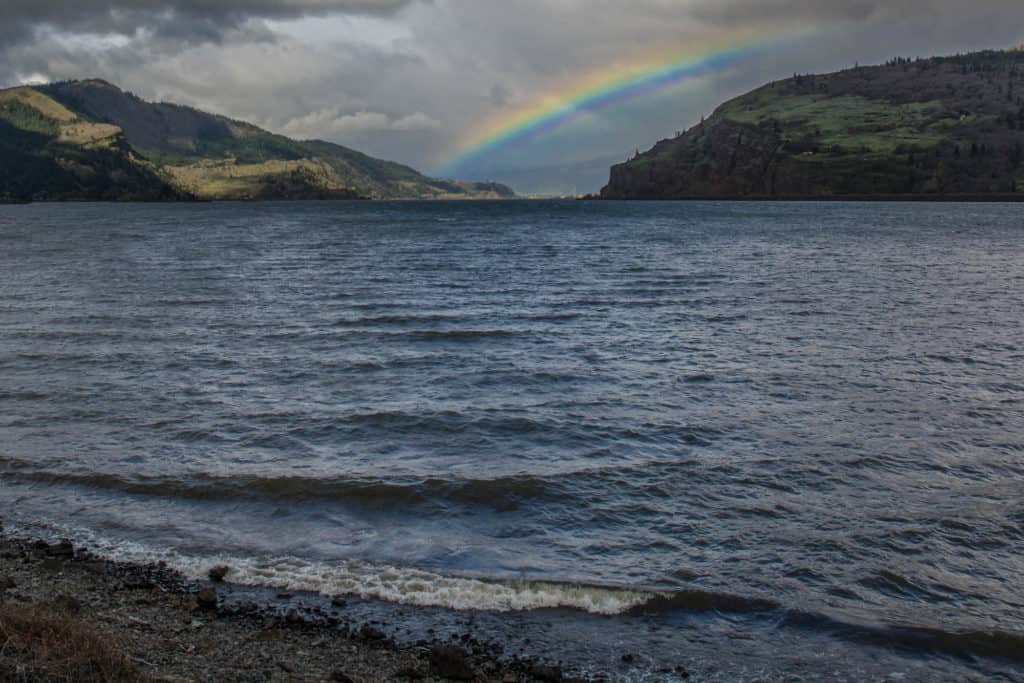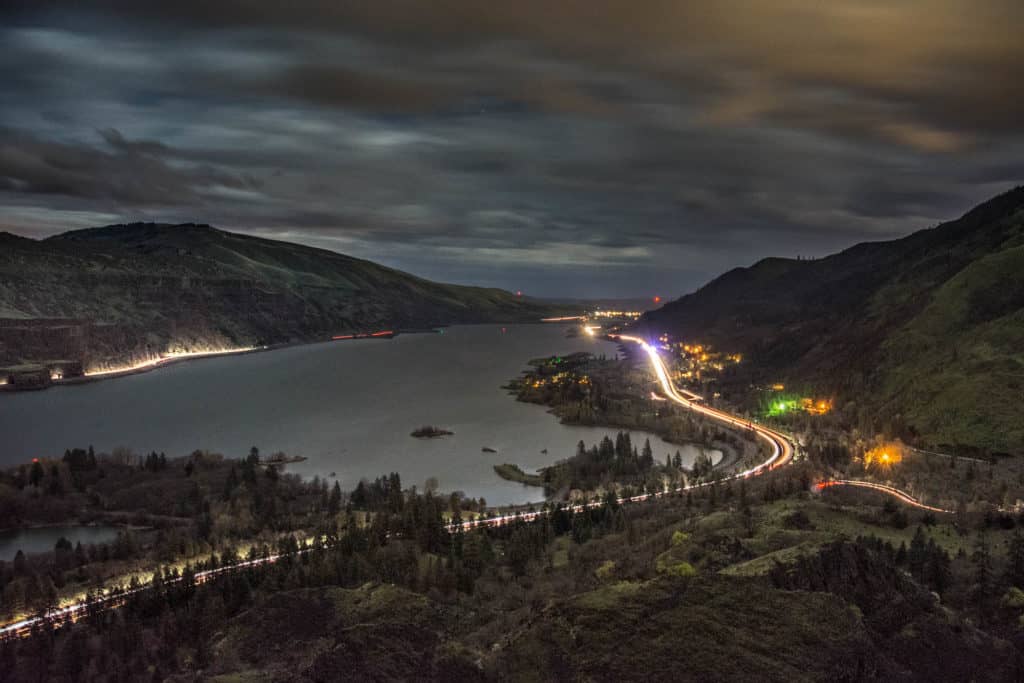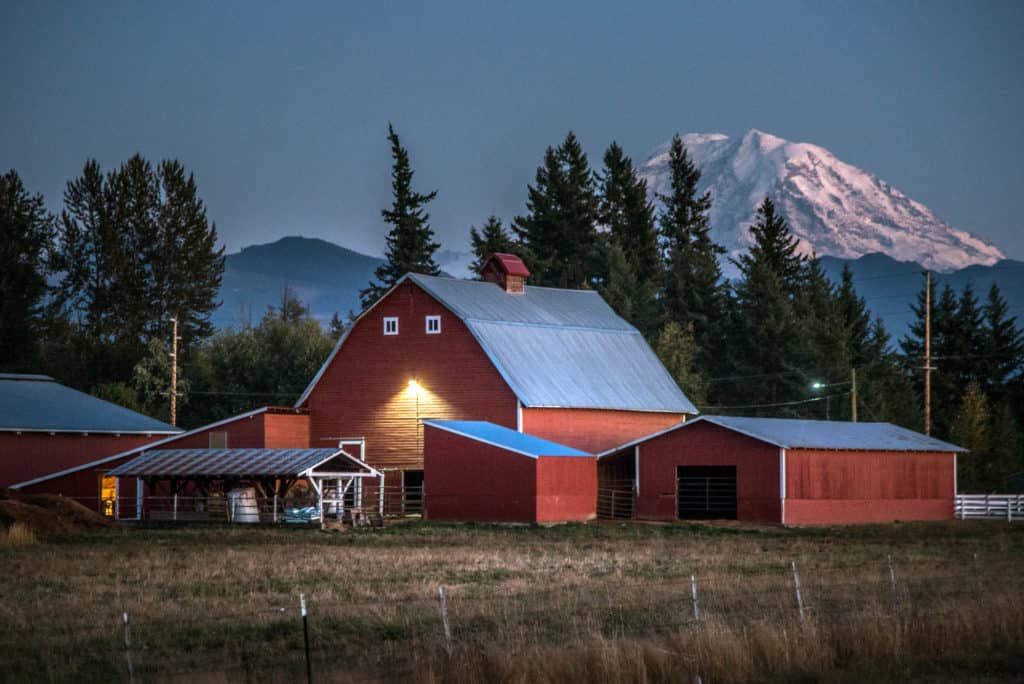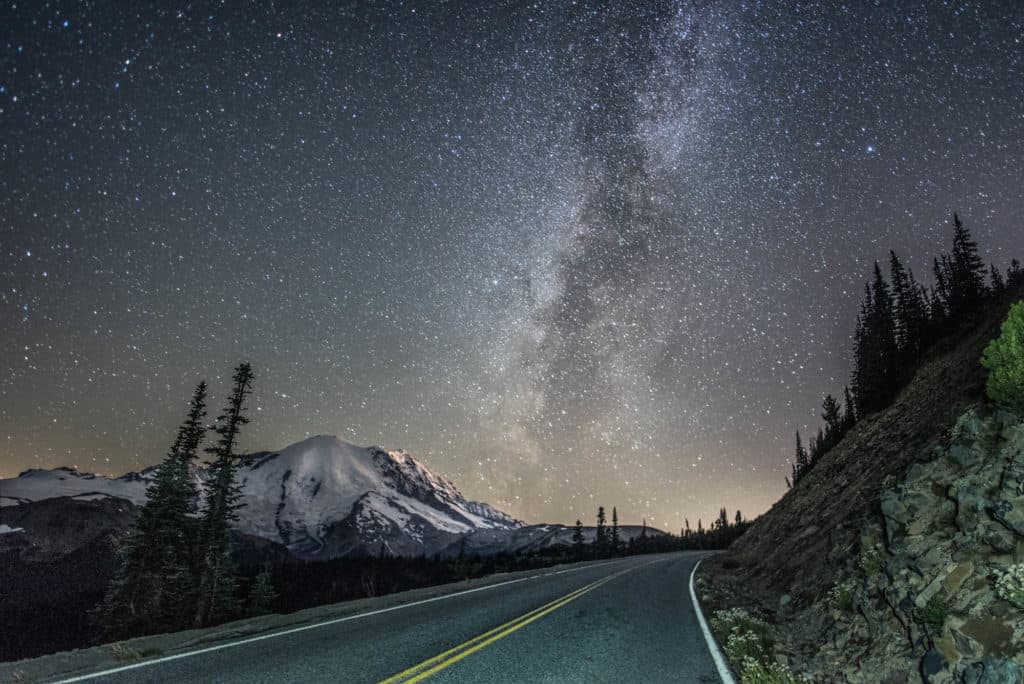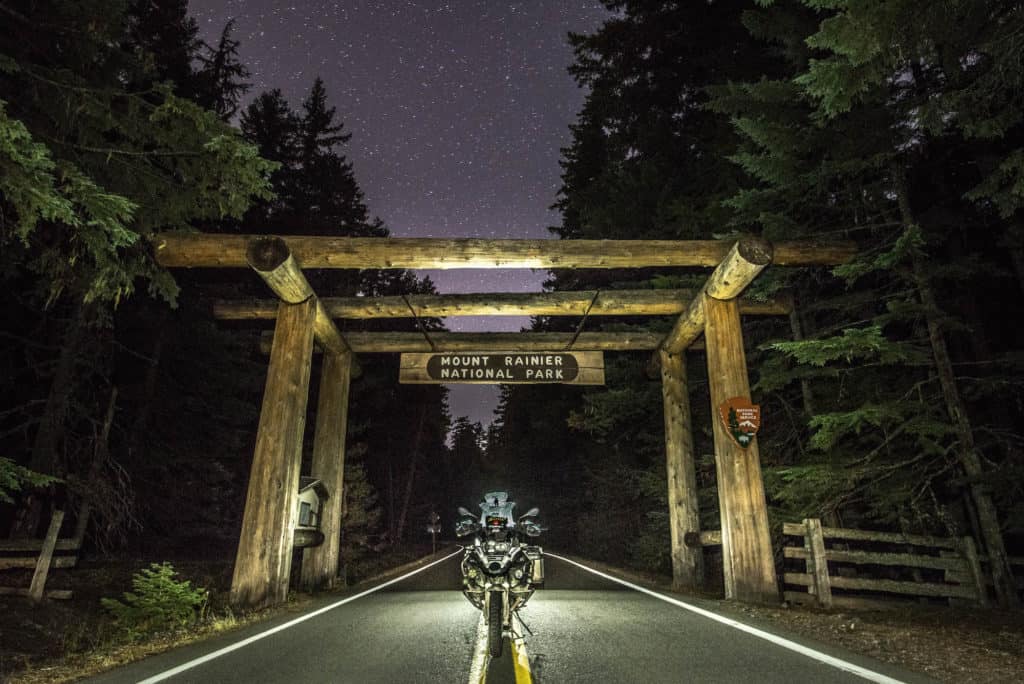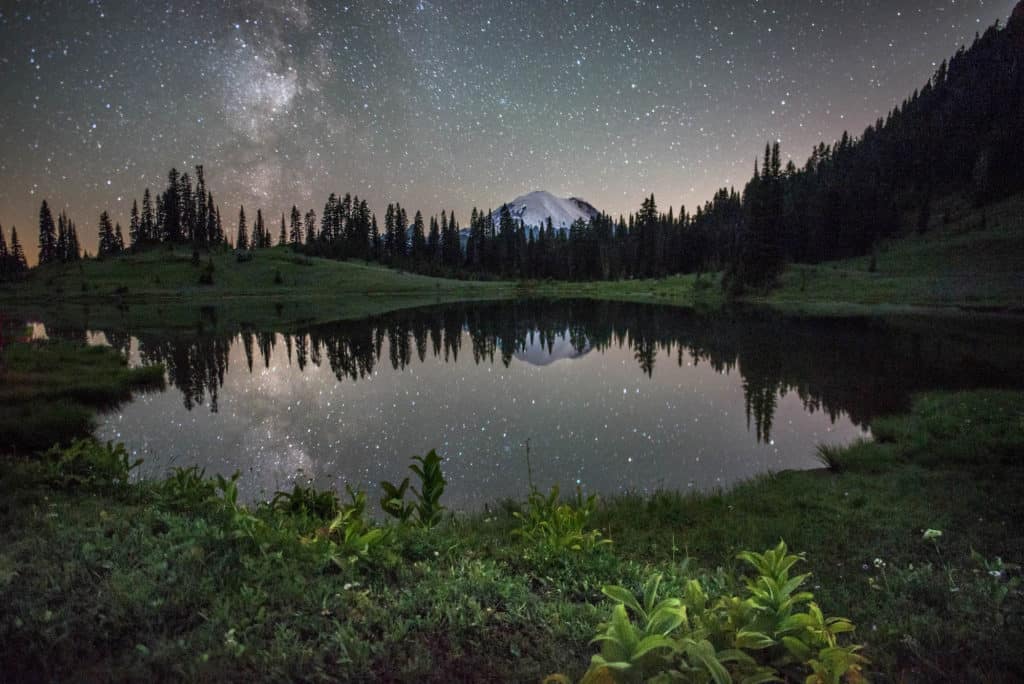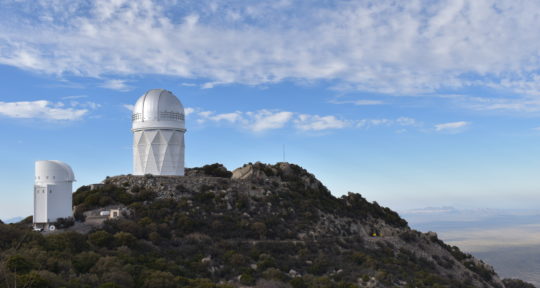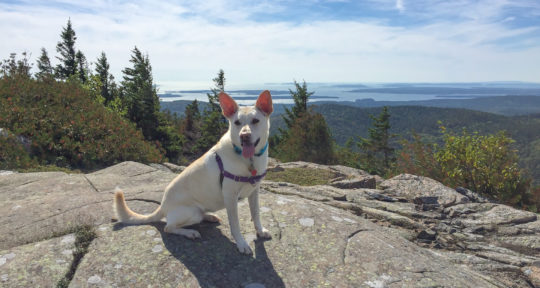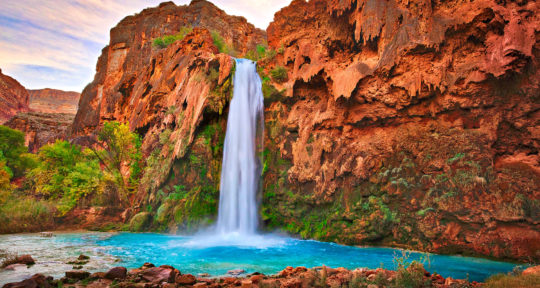Start:
Seattle, WA
End:
Mount Rainier, WA
Total distance:
1,100 miles
If you only had seven days to cram in as much epic motorcycle traveling as possible, where would you start? I did what any reasonable person would do; I didn’t settle for just seven days. I quit my job, sold my things, and left Seattle to travel the entire world by motorcycle.
Eighteen months later, I’ve covered almost 75,000 miles across four continents and 53 countries. I almost hit a camel in Morocco, and gang members shoved guns in my face in Brazil. What a long, strange trip it’s been.
Even with all I’ve been privileged to see in the past year and a half, I still look back on my old stomping grounds with fond memories. The Pacific Northwest (PNW) is a motorcyclist’s playground.
So here it is: The ultimate seven-day journey through the upper-left corner of the United States.
Scenes from Seattle, Washington. | Photos: Tim Burke Scenes from Seattle, Washington. | Photos: Tim Burke Scenes from Seattle, Washington. | Photos: Tim Burke Scenes from Seattle, Washington. | Photos: Tim Burke
Stop 1: Seattle, Washington
Seattle is a great starting (or stopover) point for any motorcycle journey in the PNW. While we often ride to get away from, or avoid, the hustle and bustle of city life, this city is worth making an exception for. As with most big cities, traffic is a problem here. While Seattle undergoes one of the biggest construction projects in the nation—burying one of its main arteries 200 feet below ground—and Interstate 5 being a rush-hour parking lot, it’s still well worth the visit.
Seattle is home to one of the best craft-beer scenes in the entire country. There are more than 150 microbreweries scattered across the city, which makes it a beer connoisseur’s dream.
Seattle’s vibrant music and entertainment scene made a name for itself in the 1990s, giving rise to bands like Pearl Jam, Soundgarden, and Nirvana. While its heyday may have been more than 20 years ago, it’s still alive and kicking today.
In addition to the Space Needle and Pike Place, its lively farmers’ markets and hundreds of parks will keep you busy while your bike is on its kickstand. For a big city, it’s got personality.
Scenes from The Cascades. | Photos: Tim Burke Scenes from The Cascades. | Photos: Tim Burke
Stop 2: The Cascades
With warm summers and daylight that stretches well past 10 p.m. during the height of summer, outdoor-life is unbeatable here in the PNW. Once you get your fill of seafood, beer, and city life, the motorcycling and scenery of the Cascades that lie beyond is incredible.
Just 30 minutes outside of the city, yet far enough away to make you feel that you’ve escaped urbanism, is Snoqualmie Falls. The river plummets 261 feet down a rock face and into an explosion of mist below.
The mist rises hundreds of feet into the air and offers natural air-conditioning on hot days. Just 20 minutes further up Interstate 90, toward Snoqualmie Pass, is Franklin Falls.
The Cascade Mountains, from Oregon to the Canadian border, are jam-packed with these waterfalls, gravel roads, and stunning mountain passes. With limited time though, the Olympic Peninsula is next on the list.
Scenes from The Olympics. | Photos: Tim Burke Scenes from The Olympics. | Photos: Tim Burke Scenes from The Olympics. | Photos: Tim Burke Scenes from The Olympics. | Photos: Tim Burke Scenes from The Olympics. | Photos: Tim Burke Scenes from The Olympics. | Photos: Tim Burke Scenes from The Olympics. | Photos: Tim Burke
Stop 3: The Olympics
The Olympics are impressive from 30 miles away. But up close and personal, they’re even better.
From mainland Washington, you’ll board one of Washington’s 23 ferries and sail across Puget Sound. The Washington state ferry system is one of my favorite aspects of this area.The drive-on/drive-off ships are affordable and link sections of land that are otherwise hours apart.
If the weather is decent, do not sit inside: Stand outside and keep your eyes open for orca, humpback, and gray whales in the water. Life slows down once on the Olympic Peninsula. You’ll know what I mean once you’re there.
One of my favorite roads wraps along the edges of Lake Crescent on the northern end of the Peninsula. Take in the sights of alpine mountains dipping their toes into the icy waters of the lakes and the sea.
As you push further west toward the Pacific Ocean, you’ll pass through small villages, seemingly sustained only by the logging and forestry industries. The Pacific side of the Olympics is one of the most desolate stretches of coastline available in the United States.
Far separated from any big city, it’s easy to disconnect from stress. And better still, there is no shortage of camping opportunities along the coast.
Scenes from Astoria, Oregon. | Photos: Tim Burke Scenes from Astoria, Oregon. | Photos: Tim Burke Scenes from Astoria, Oregon. | Photos: Tim Burke Scenes from Astoria, Oregon. | Photos: Tim Burke
Stop 4: Astoria, Oregon
Each mile of southbound progress brings you closer to the Oregon border.
The massive and looming Astoria-Megler Bridge is 4.1 miles long and carries you across the width of the Columbia River and into Oregon.
Astoria, Oregon—you may recognize it from the movie “The Goonies”—is one of my favorite cities on the west coast. Once you arrive in this picturesque town, with its collection of craft breweries and restaurants, you’ll realize why.
This area’s hidden gem—an absolute must-see—is outside the city limits. Just south of the mouth of the mighty Columbia River lies Clatsop Split. The most epic part isn’t riding the shoreline at sunset, however.
It’s the wreck of the Peter Iredale, a ship that was run ashore during a massive storm in the 1900s. More than 100 years later, its remains are still part of this Pacific landscape. There’s just something special about this one. Trust me, don’t miss it.
Scenes from The Oregon Coast. | Photos: Tim Burke Scenes from The Oregon Coast. | Photos: Tim Burke Scenes from The Oregon Coast. | Photos: Tim Burke Scenes from The Oregon Coast. | Photos: Tim Burke
Stop 5: Oregon Coast
Officially on the Pacific Coast Highway (PCH), consider yourself on one of the most iconic coastal routes on the continent. If you’re willing, you can follow the PCH all the way to the Mexican border. The Oregon Coast is simply magical. In my opinion, its lower traffic levels and quieter feel make it the best part of the the entire PCH.
As you weave your way past rocky coves and small fishing villages, on roads that seem to barely cling onto cliff sides, it will be hard to not pull over and take pictures every five minutes. Be sure to stop at the famous Tillamook Cheese Factory on your way past for a few free samples.
Continue down the highway to Newport, Oregon, which lies at the mouth of the Rogue River, and is the perfect spot for lunch.
One of my favorite off-the-track spots along the Oregon coast is called Thor’s Well. It’s a natural rock formation that sits just slightly higher than sea level. When the water level is just right, water washes over the rocks, drains into the “well,” and provides the effect of a bottomless hole.
Scenes from The Columbia River Gorge. | Photos: Tim Burke Scenes from The Columbia River Gorge. | Photos: Tim Burke
Stop 6: Columbia River Gorge
With that daunting work week looming ahead and only a few days left to close the road trip loop, make your way across Oregon’s coastal mountain range on any number of twisty two-lane roads. Head toward Oregon’s largest recreational playground, the Columbia River Gorge.
The Gorge stretches over 80 miles through valleys of canyons filled with wildflowers. With Mount Hood’s year-round skiing, the river’s consistent winds for kitesurfing, endless hiking, and a maze of dirt roads through National Forests on both sides of the Gorge, you can spend a lifetime exploring here.
Since that time requirement isn’t realistic for most of us, I will suggest the Rowena Plateau as a “must-see” for any motorcyclist. The curvy road climbs up the steep cliffs of the valley, offering an incredible view of the entire Gorge from the top.
Scenes from Mount Rainier. | Photos: Tim Burke Scenes from Mount Rainier. | Photos: Tim Burke Scenes from Mount Rainier. | Photos: Tim Burke Scenes from Mount Rainier. | Photos: Tim Burke
Stop 7: Mount Rainier
Mount Rainier is as iconic to the Pacific Northwest as the Eiffel Tower is to Paris. The glaciated summit climbs 14,410 feet (4392 m) out of the earth’s crust and looms high above the surrounding lands.
Surrounded by gravel forest service roads, single track trails, a number of paved mountain passes, and a few lookout points within the National Park, there is something for every kind of motorcyclist here. Day or night, Mount Rainier does not disappoint.
A few worthwhile “pins” to add to your maps for exploring the Mt. Rainier area include Chinook Pass on Washington State Route 410 (5,430 ft / 1,655 m); Tipsoo Lake; Paradise and Stevens Canyon Road; and the Sunrise Visitor Center (6400 ft / 1950 m).
In addition to these attractions, almost limitless camping options exist in the lush forests surrounding the volcano.
